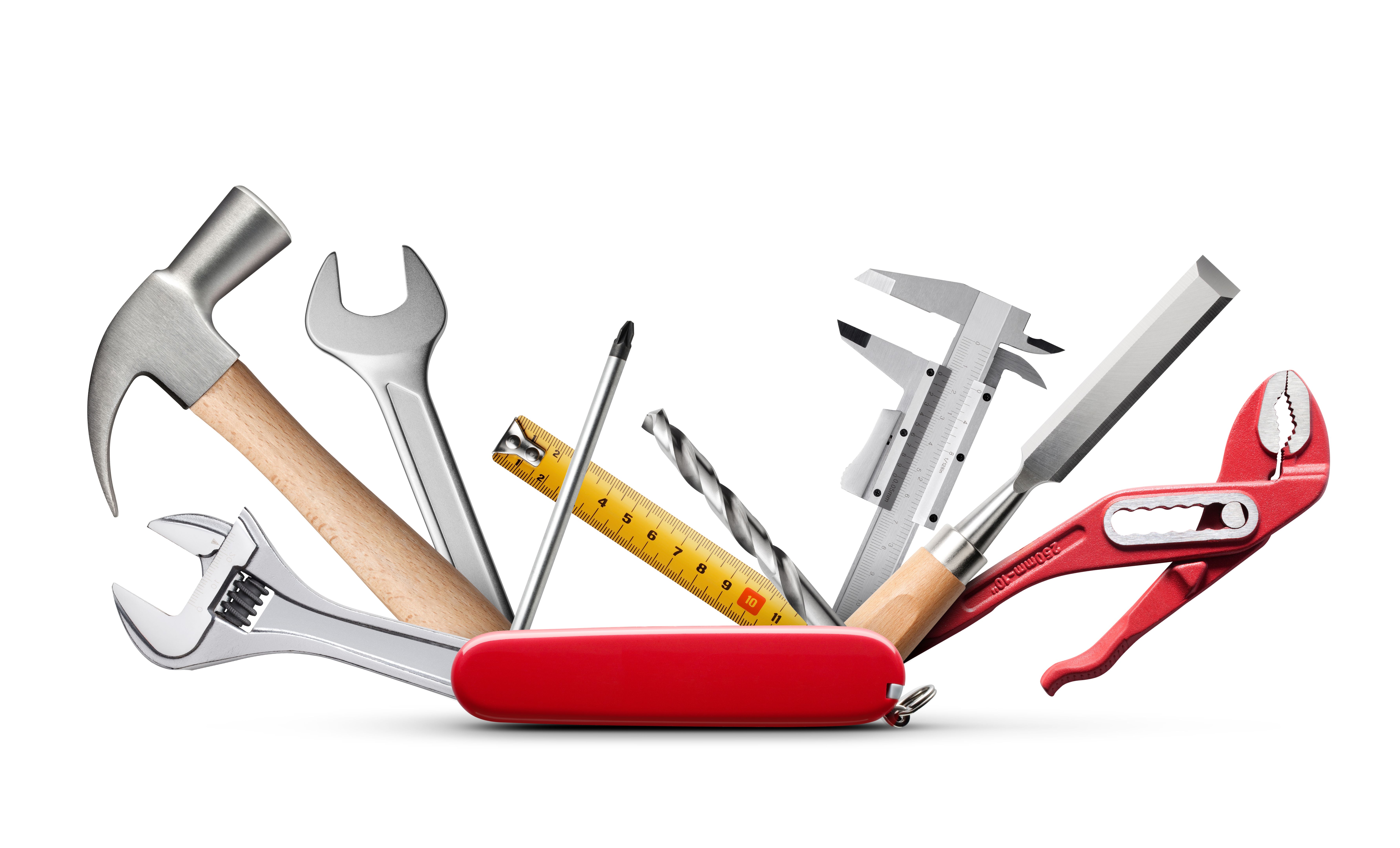Essential Kitchen Knives: A Guide to Choosing the Right Blade
Understanding the Basics: Types of Kitchen Knives
Every kitchen enthusiast knows that the right knife is essential for efficient and enjoyable cooking. However, with so many options available, choosing the right blade can be overwhelming. Understanding the basic types of kitchen knives can help make this decision easier.
The most common types of kitchen knives include the chef’s knife, paring knife, serrated knife, and utility knife. Each of these serves a specific purpose and can greatly enhance your cooking experience. A chef’s knife is versatile and ideal for a variety of tasks like chopping, slicing, and dicing. In contrast, a paring knife is perfect for more delicate tasks such as peeling and trimming.

A serrated knife is typically used for cutting bread or soft fruits and vegetables without crushing them. Finally, a utility knife falls between a chef’s knife and a paring knife, providing flexibility for various tasks.
Choosing the Right Material
The material of the blade is another crucial aspect to consider when selecting kitchen knives. Most blades are crafted from either stainless steel or carbon steel. Stainless steel knives are popular due to their resistance to rust and ease of maintenance. They are perfect for everyday cooking needs.
On the other hand, carbon steel knives are favored by professional chefs for their exceptional sharpness and edge retention. However, they require more maintenance to prevent corrosion and rust. For those who wish to invest in high-quality blades, considering the balance between sharpness and maintenance is essential.
Handle Materials: Comfort and Grip
The handle of a knife plays a significant role in its usability. Common materials used for knife handles include wood, plastic, and composite. Wooden handles offer a classic look and comfortable grip but may require more care to maintain their appearance.
Plastic handles are durable and easy to clean, making them a practical choice for busy kitchens. Composite handles combine elements of both wood and plastic, providing a balance of aesthetics and functionality. Choosing a handle that feels comfortable in your hand is vital for both safety and precision.
Knife Maintenance: Keeping Your Blades Sharp
Proper maintenance extends the life of your kitchen knives, ensuring they remain sharp and effective. Regular sharpening is essential, and using a honing steel can help maintain the edge between sharpening sessions. It's also important to clean your knives immediately after use and store them properly to avoid damage.

Consider investing in a knife block or magnetic strip for safe storage. These methods protect the blade from unnecessary wear while keeping your knives easily accessible.
Conclusion: Investing in Quality
Investing in quality kitchen knives is a decision that pays off in both performance and longevity. By understanding the types of knives available, considering the materials used, and maintaining them properly, you can enhance your culinary skills and enjoy a more efficient cooking experience.
Remember, the right knife not only makes cooking easier but also safer. As you equip your kitchen with these essential tools, you’ll find that meal preparation becomes more enjoyable and rewarding.
Commercial Kitchen Marketplace
Your one-stop online destination for equipping professional kitchens. Discover a wide selection of durable, high-quality commercial-grade appliances, from heavy-duty ovens and refrigeration units to efficient food preparation tools and essential kitchenware. Visit our store: http://avice.org
